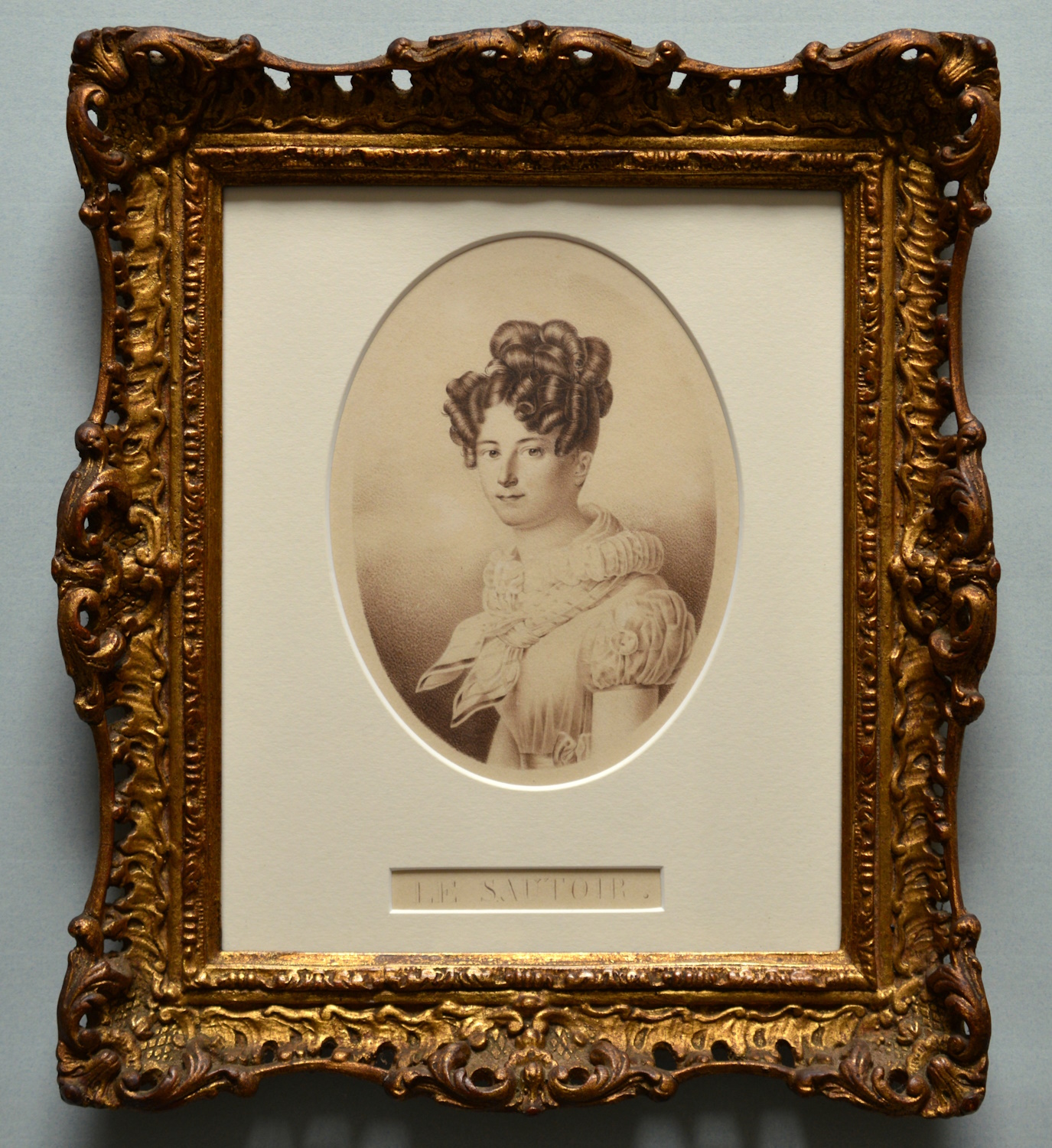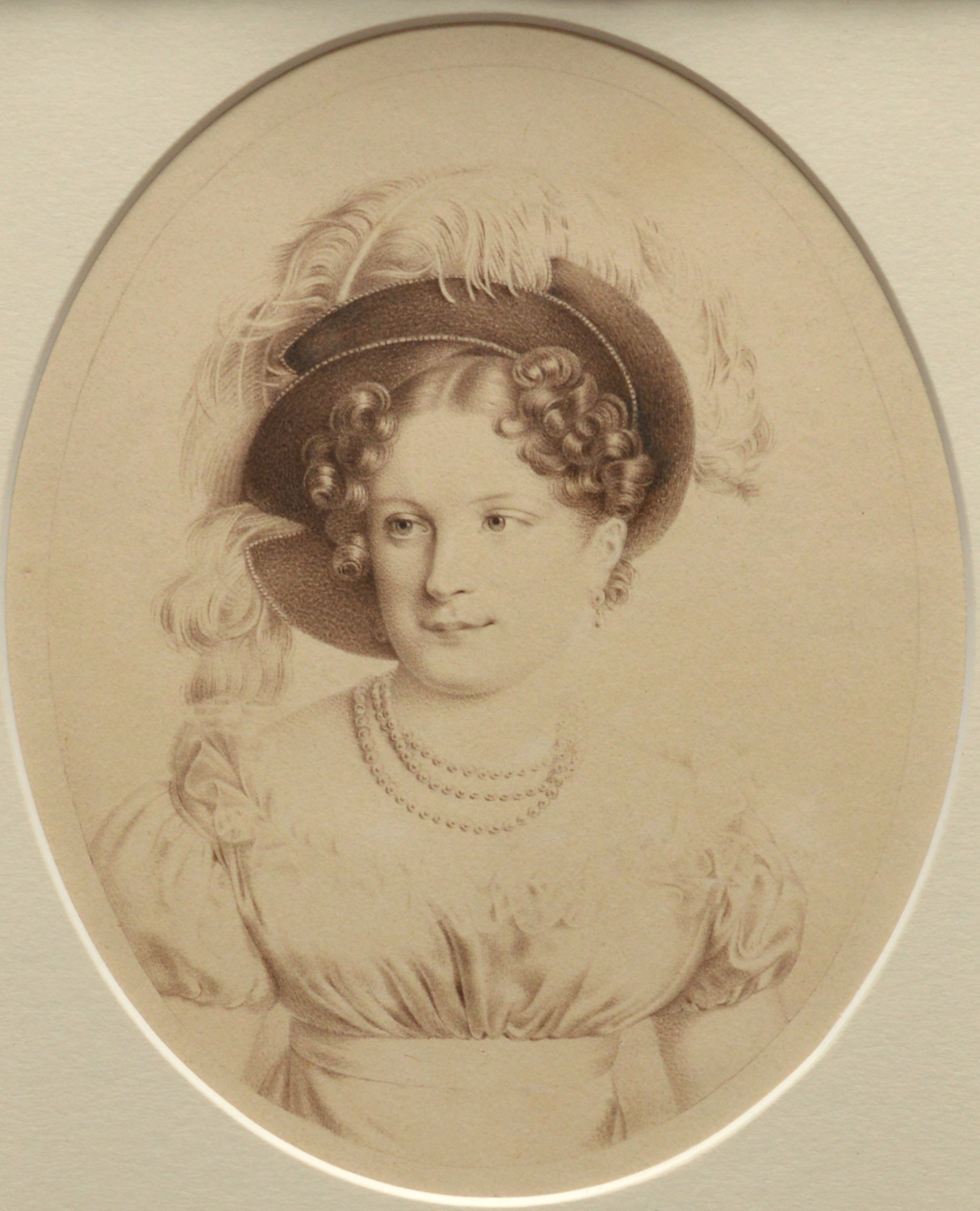Description
Joséphine Fodor-Mainvielle was the daughter of the famous Hungarian violinist and composer Josephus Andreas Fodor (1751–1828) and Louise Edme Marmet. She was born in Paris in 1793. Her parents left France for Russia when she was only a few months old, emigrating probably because of the French Revolution. She grew up in Saint Petersburg where her father, a teacher of the imperial children, taught her the harp and piano and soon became a successful singer at the Imperial Opera.
In 1810, she made her debut in Fioravanti’s (1770–1837) opera Le cantatrici villane at the Imperial Opera of Saint Petersburg, singing in both Russian and French.
In 1812, she married Jean-Baptiste Tharaud-Mainvielle, an actor at the French theatre of Saint Petersburg. Shortly afterwards, the couple left St. Petersburg, which was under attack during the French invasion of Russia and went to France via Finland.
After a few performances at the Opéra Comique in Paris, she was engaged by the Comédie-Italienne and made her debut on 16 November 1814 in Griselda [ it ] (by Ferdinando Paer ). She performed in London and Venice afterwards, before her return to the Comédie-Italienne in 1819 to sing in Il matrimonio segreto , Don Giovanni , Le Barbier de Séville and La gazza ladra.
She went to Italy for her health, and toured to Naples where she triumphed in Otello and Vienna before returning to Paris in 1825 for further performances at the ComédieItalienne. Shortly afterwards, she suffered from vocal difficulties, gradually ended her operatic career and with Drew from the stage. She stayed for a while in Passy where she worked for charities, then in Limoges. A widow, she moved to Lyon where her son Martial Tharaud-Mainvielle lived.
In 1857, she published Thoughts and Advice on the Art of Singing.
She died in Saint-Genis-Laval on 10 August 1870, in the country house of her daughter-in-law.
Her daughter Henriette, who was also a singer, was engaged by the Königsstädtisches Theatre in Berlin between 1846 and 1849.







